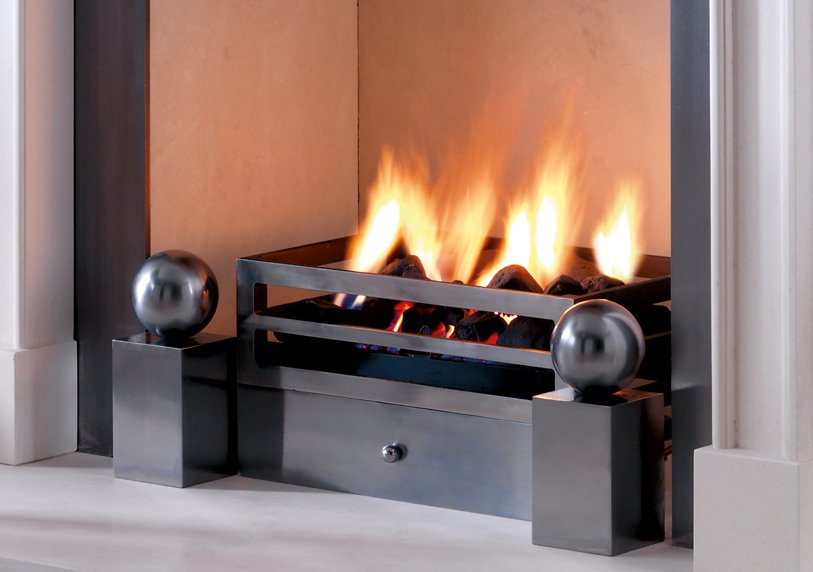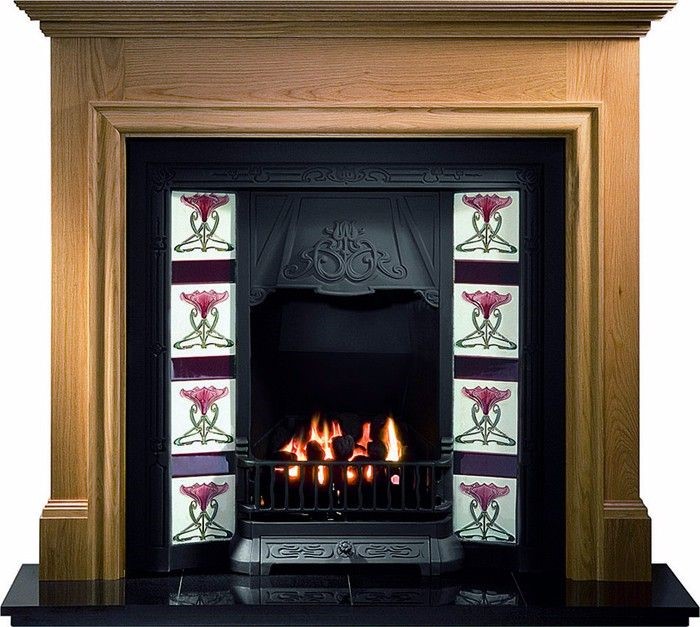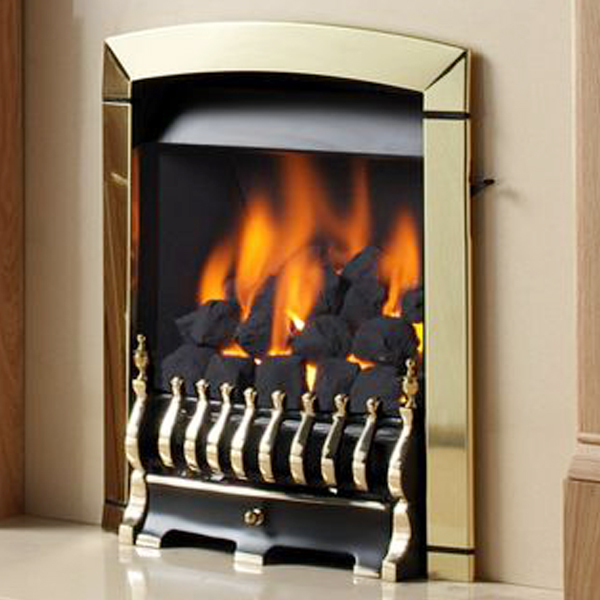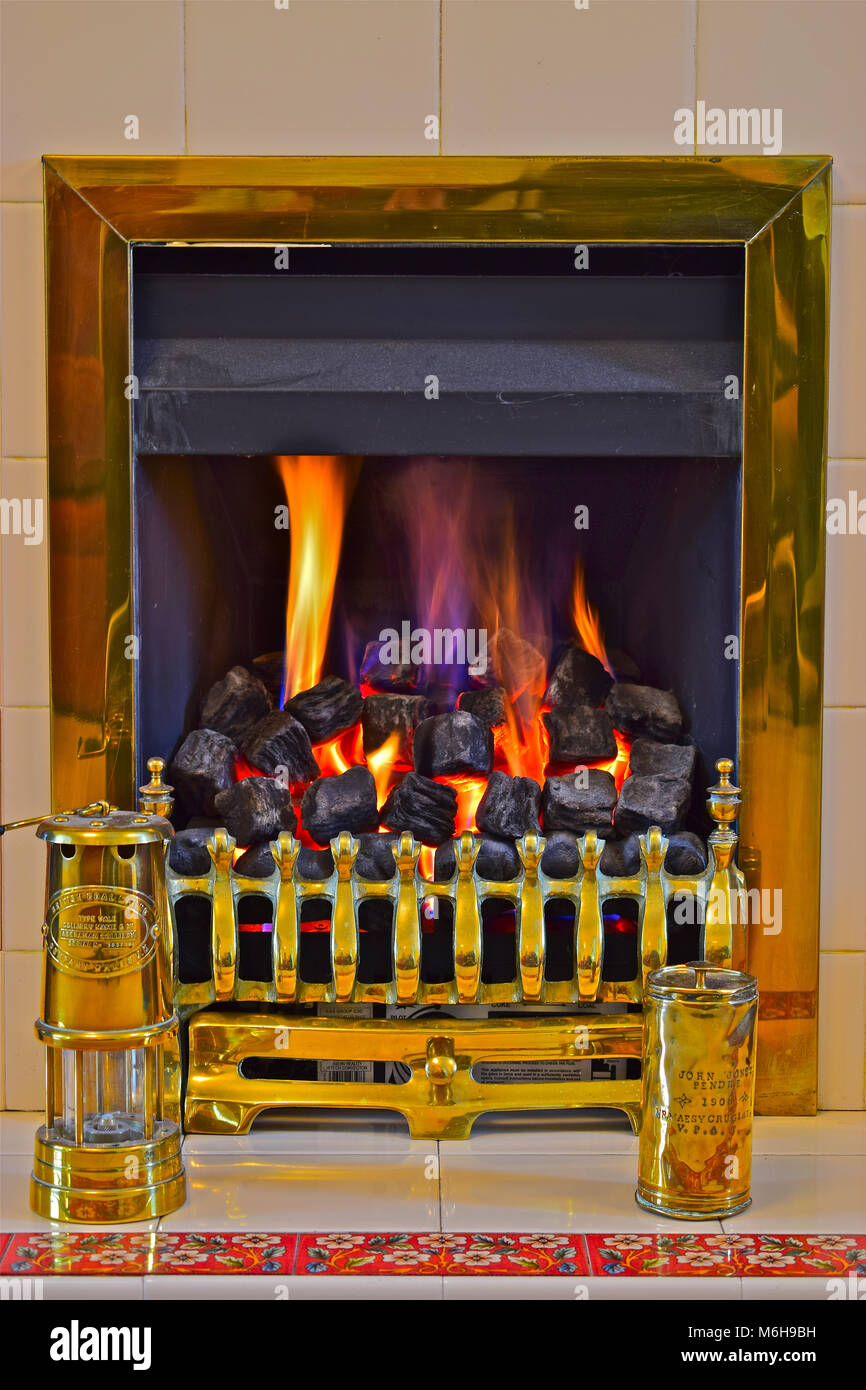Gas fireplaces with coal effects provide the nostalgic charm of a traditional coal fire combined with modern convenience and efficiency. These innovative systems use carefully designed ceramic or refractory coal pieces that glow realistically when heated by gas flames, creating an authentic burning coal appearance. Unlike wood-burning alternatives, coal-effect gas fires offer instant heat at the touch of a button, with no ash cleanup or fuel storage required. Modern versions feature adjustable flame patterns and heat outputs, allowing customization for both aesthetic and practical needs. The convincing coal bed illusion comes from meticulous craftsmanship—individual “coals” are shaped and colored to mimic real anthracite, often with subtle detailing like cracks and texture variations. Homeowners appreciate the balanced combination of visual appeal and functionality, making these fireplaces popular choices for living rooms, bedrooms, and even commercial spaces seeking a cozy atmosphere with minimal maintenance.
How Coal Effect Gas Fires Work
The magic of coal effect gas fireplaces lies in their specialized burner and fuel bed design. A metal burner pan distributes gas evenly beneath carefully arranged artificial coals made from heat-resistant ceramic materials. When ignited, flames lick upward through the coal arrangement, making the “coals” glow with radiant heat. Advanced models use reflective surfaces behind the fuel bed to enhance the visual depth and brightness of the flame display. The coals themselves don’t consume or degrade, maintaining their realistic appearance indefinitely with proper care.
Modern systems often incorporate secondary combustion technology for improved efficiency. This process reignites unburned gases, extracting more heat while reducing emissions. Many models feature variable flame controls, allowing adjustment from a gentle glow to a roaring fire effect. Some high-end versions include moving flame technology, where hidden mechanisms make the flames dance more naturally around the coals. The fuel bed designs vary from traditional deep basket styles to contemporary linear arrangements, suiting different interior aesthetics.
Safety features ensure worry-free operation. Oxygen depletion sensors automatically shut off the gas if room air quality drops. Cool-to-touch glass fronts prevent burns, while safety cut-off valves activate if flames extinguish unexpectedly. These technological advancements make today’s coal effect gas fireplaces safer and more efficient than ever, while maintaining their nostalgic visual appeal. Proper installation by qualified technicians ensures optimal performance and safety.
Design Variations and Style Options
Coal effect gas fireplaces come in numerous designs to complement different interiors. Traditional models feature ornate cast iron surrounds with classic coal grates, perfect for period homes or country cottages. Contemporary versions offer sleek linear designs with minimalist surrounds, ideal for modern apartments. The coal beds themselves vary from chunky, irregular shapes mimicking real anthracite to more uniform decorative pieces in artistic arrangements.
Finish options allow customization to match room decor. Black cast iron provides timeless appeal, while colored enamel finishes in cream, bronze or gray offer contemporary alternatives. Some models incorporate realistic log effects alongside the coals for hybrid fuel bed appearances. Surround materials range from traditional marble and slate to modern steel and heat-resistant glass. Freestanding stove-style units with coal effects bring cozy charm without requiring built-in installation.
For homeowners seeking authenticity, some manufacturers offer hand-painted coal pieces with subtle color variations. Others provide interchangeable fuel beds, allowing seasonal changes between coal and pebble effects. The viewing window shapes vary from arched Victorian styles to dramatic floor-to-ceiling glass panels. These design choices ensure a coal effect fireplace can become either a subtle heating source or a dramatic focal point, depending on preference.
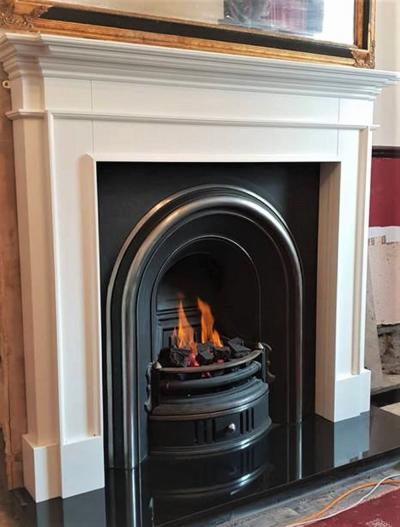
Installation Considerations and Requirements
Proper installation begins with assessing the existing chimney or flue system. Many coal effect gas fires require a Class 1 chimney for conventional flueing, while balanced flue models suit homes without chimneys. Hole-in-the-wall installations need careful measurement of cavity dimensions and heat shielding. Gas supply lines must be correctly sized to ensure adequate pressure for the fireplace’s BTU rating. Professional installers will check ventilation requirements and ensure compliance with local building codes.
Vent-free models offer flexible placement but require specific room size considerations for safe operation. The fireplace’s heat output should match the room’s cubic footage—too powerful a unit creates uncomfortable overheating. Clearance distances from combustible materials like mantels or TV units must be strictly observed. Some regions mandate carbon monoxide detectors when installing gas fireplaces, regardless of venting type.
Aesthetic installation details impact the final look. The fireplace surround may need custom framing for built-in models. Hearth extensions often require non-combustible materials like stone or tile. Wall finishes near the fireplace should be heat-resistant. Many homeowners opt for professional gas line installation even when choosing a freestanding unit for safety assurance. Correct installation ensures optimal performance, safety, and visual appeal for years of enjoyment.
Maintenance and Care Guidelines
Regular maintenance keeps coal effect fireplaces operating safely and efficiently. Annual professional servicing checks gas pressures, burner operation, and safety devices. Between services, gently vacuuming the coal bed removes dust without disturbing the carefully arranged pieces. Glass panels require periodic cleaning with specialized fireplace glass cleaner to maintain clarity and remove sooty deposits.
The artificial coals may need occasional repositioning if they become dislodged during cleaning. Avoid using water or liquid cleaners on the coal bed, as this can damage the ceramic materials. Check gas connections for leaks using approved leak detection solutions—never an open flame. Ventilation openings should remain clear of dust and obstructions to ensure proper combustion air supply.
For seasonal use, a thorough cleaning before the heating season prevents musty odors when first lighting. Lubricate any moving parts on adjustable controls to maintain smooth operation. Keep the remote control batteries fresh if equipped with electronic ignition. With proper care, a quality coal effect gas fireplace can provide decades of reliable service while maintaining its realistic appearance.
Energy Efficiency and Heating Performance
Modern coal effect gas fireplaces offer impressive thermal efficiency, with many models exceeding 80% energy conversion. The radiant heat from the glowing coals provides comfortable warmth that feels more natural than forced air systems. Some units feature adjustable heat outputs ranging from 3,000 to 15,000 BTUs, allowing precise temperature control. Thermostatic models automatically modulate flame size to maintain room temperature, improving fuel efficiency.
Balanced flue designs recover heat that would otherwise be lost up the chimney in conventional models. Zone heating strategies use the fireplace to warm frequently used spaces while keeping the whole-house thermostat lower. Many jurisdictions consider natural gas a cleaner-burning option than wood or coal, with lower particulate emissions. The instant on/off capability prevents wasted energy compared to wood fires that must burn down naturally.
While primarily decorative, the coal bed contributes to heating efficiency by radiating stored heat even after flames lower. Some models incorporate circulating fans to distribute warmth more evenly throughout the room. Homeowners should compare efficiency ratings and annual operating costs when selecting units, as these vary significantly between models. Proper sizing for the space prevents energy waste from overheating.
Cost Comparison and Value Considerations
Initial costs for quality coal effect gas fireplaces range from 1,500forbasicmodelsto5,000+ for premium designs with advanced features. Installation expenses vary widely depending on existing infrastructure—adding a new flue system can double the project cost. However, compared to traditional coal or wood-burning alternatives, gas models save significantly on long-term fuel and maintenance costs.
The value extends beyond financial considerations. Gas coal effects provide consistent ambiance without the mess and labor of real coal fires. Their reliability and instant operation make them practical for daily use, unlike decorative-only electric alternatives. Many homeowners find the psychological comfort and aesthetic appeal justify the investment, especially in climates with long heating seasons.
Resale value often improves with quality fireplace installations, particularly in colder regions. Energy-efficient models may qualify for local utility rebates in some areas. When comparing options, consider the fireplace’s expected lifespan—premium units often last 15-20 years with proper maintenance. The combination of functional heating and nostalgic charm makes coal effect gas fireplaces a compelling choice for many households.
Gas Coal Effect Stove Stove, Gas stove, Corner gas
Cosy coal-effect gas fire within brass surround and showing a
Gas Fires – Our Pick of the Best Ideal Home
How To Arrange Gas Fireplace Media (Logs/Coals) – Fireplace Universe
Related Posts:
